Located in Western Pennsylvania in the borough of Windber, Somerset County, lays a graveyard that is extraordinary–instead of tombstones, this graveyard features a long row of street cars from the World War II era and it is commonly known as the “Trolley Graveyard of Windber.”
This wooded, remote destination, which strongly resembles a set of an apocalyptic horror film, has an extended section of closed-off rail tracks filled with over 50 trolleys (streetcars) that during the 1930s and 1940s ran in Pittsburgh, Philadelphia, Cleveland, Johnstown, Minneapolis, cities in New Jersey, and Boston.

Trucked by flatbeds from Boston, these cars were transported to a railcar repair shop in Windber, a small coal-mining town in the mountains of Pennsylvania. At first glance, the vehicles seem ready to take off in no time, but that won’t happen anytime soon. They sit and rust in the harsh weather conditions, and many of them have been vandalized by thieves for their copper wires or those who just want to tag these old remains.
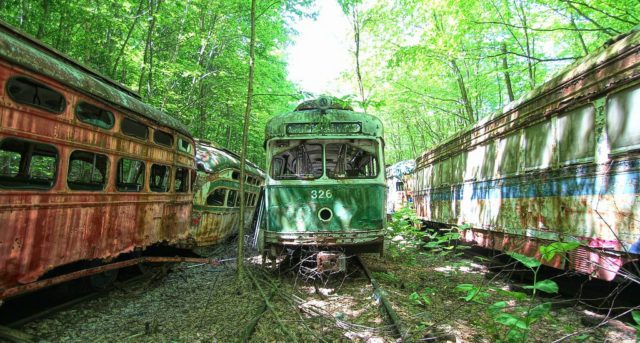
The cars are labeled as P.C.C. Streetcars, with years ranging from 1936 to 1952. The acronym P.C.C. stood for Presidents Conference Committee, which contributed to the design of the vehicles.
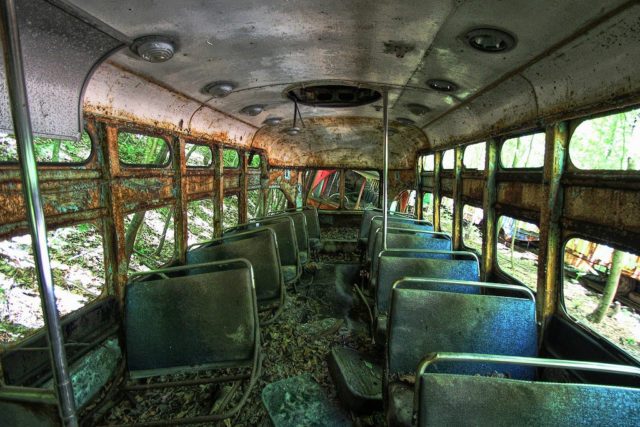
The P.C.C. street car design was first built in the United States in the 1930s and at the time stood out as a top-notch model in the industry due to its performance and appearance. It has proved to be a long-lasting icon of street car design, as P.C.C. cars are still in service in various places around the world. The manufacturer was the St. Louis Car Company and Pullman Standard, and they had created around 5,000 of these before ending production.
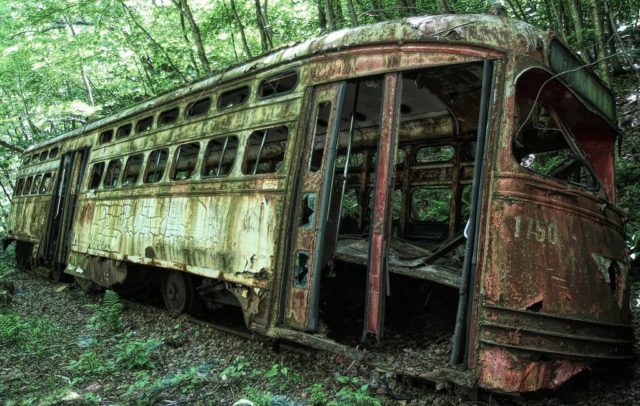
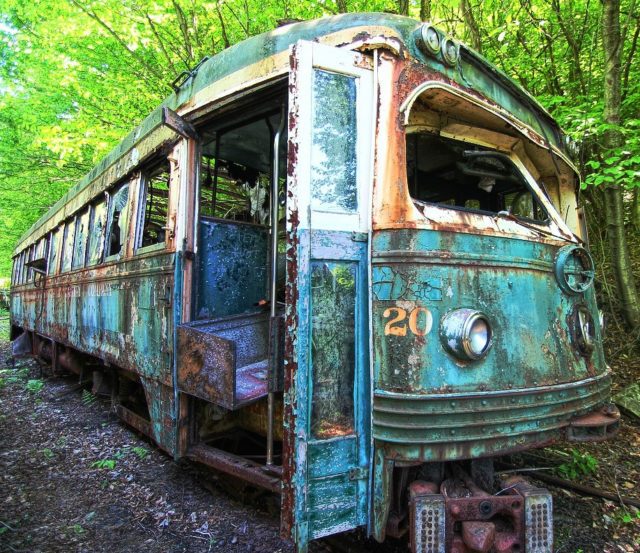
The collector of the “wrecks” is the retired civil engineer Ed Metka, who brought the street cars to this corner of Pennsylvania. Metka worked for the Army Corps of Engineers and lived in Maryland when he got his first street car in 1986. He had a passion for vehicles and the idea of collecting some seemed like a way to make his dream come true.
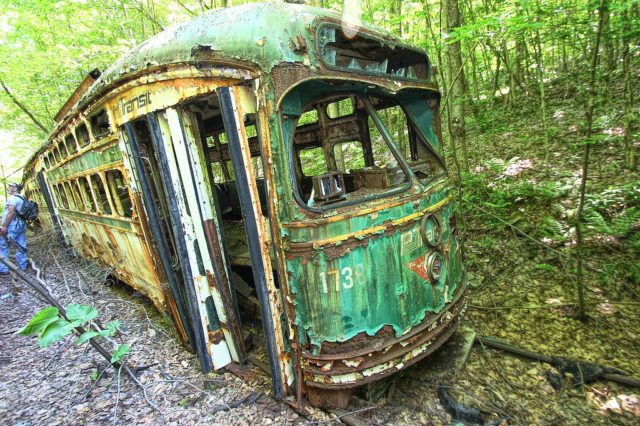

According to Untypical PA, when he started his unique collection, he stored it on a track that he rented from the Maryland Midland Railroad in Union Bridge, Maryland. He purchased a lot of these streetcars in the 1980s when rail services were auctioning off their out-of-service P.C.C. fleet, and obtained some from other private organizations.
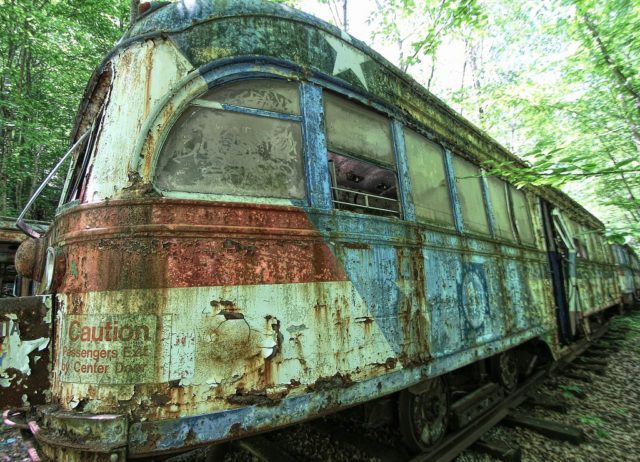
Metka’s motive for creating this unique collection of vehicles was triggered by his wish to preserve them. When the street cars become outdated, Metka stores them in his facility and prolongs their life. Soon after beginning his collection, Metka’s number of street cars exceeded his storage space in Maryland, so in 1992 he relocated them to the former Berwind Coal Company Railroad Shop. The site offered a much bigger space for the future collectibles and allowed his collection to grow.
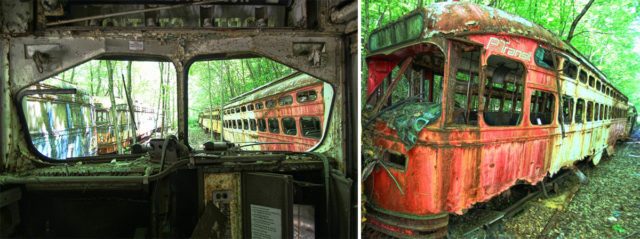
The grounds of today’s site include an open front area where the tourist sight-seeing begins, a big building which contains the best-looking ones, and three tracks that continue into the woods. While some of the street cars are protected in the building, most of them look completely worn out and beyond repair. However, according to Metka, each of these rotting cars could be repaired and restored with new parts. Visitors can reach the rear of the site by walking through a line of connected street cars, where they would have the opportunity to see many more sitting quietly under the trees.
Visitors who walked through the trolley graveyard have described their experience as authentic and inviting for vintage fans. Since last year, tours have been carried out, offered several times during the year, starting in spring.
